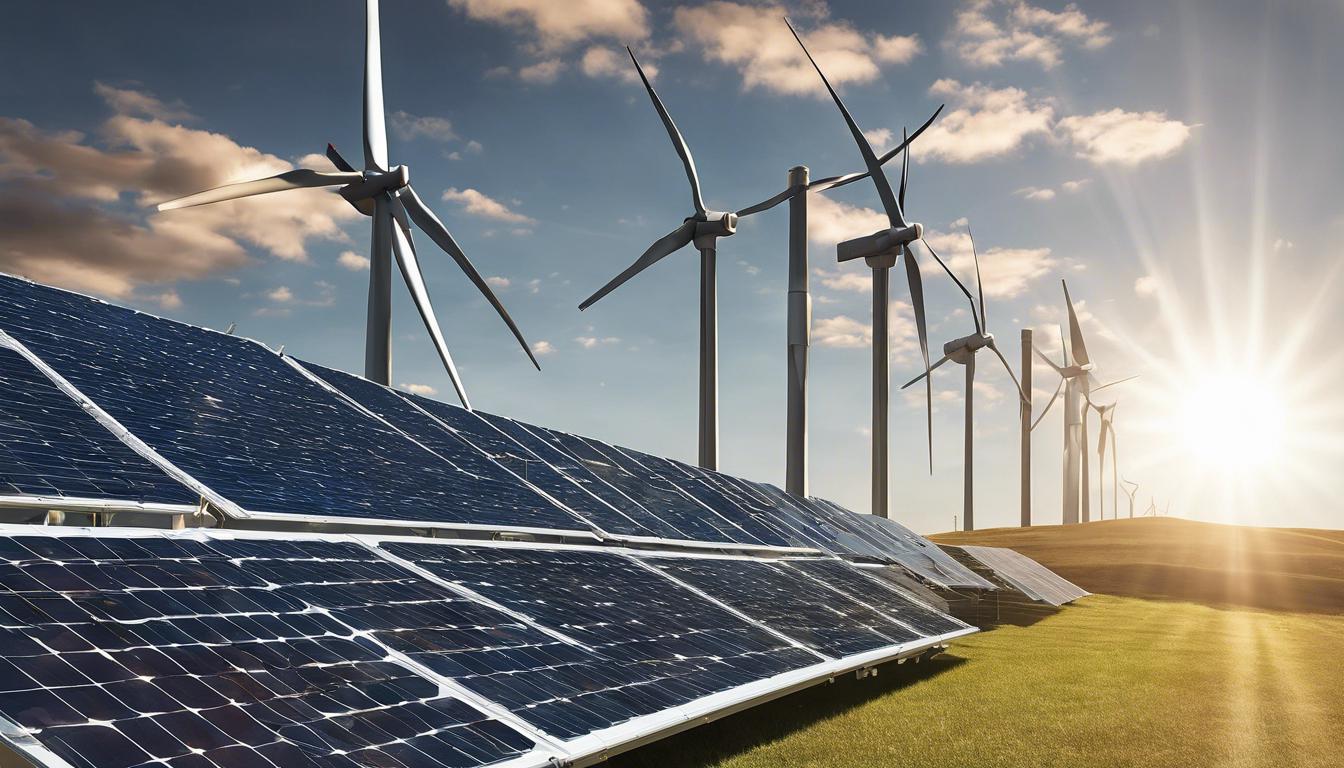New South Wales struggles with renewable energy project approvals as it aims to meet emissions targets, while the US, under President Biden, faces calls for more aggressive climate action.
New South Wales (NSW), Australia’s largest electricity generator, is reportedly falling behind in its rollout of renewable energy projects, raising concerns about Australia’s capability to achieve its clean energy targets by 2030. A recent study by Green Energy Markets highlights that nearly 7.5GW more in wind and solar farms need to be approved in NSW to meet the state’s emissions reduction goals. This comes as the federal government aims for 82% renewable energy on the grid by the decade’s end, especially significant with the upcoming closure of Australia’s largest coal-fired plant, Eraring, by August 2025.
In response, the NSW government is making efforts to accelerate the approval process, having approved 18 significant projects in 2023, with more in the assessment phase. Despite these efforts, the industry cites delays and post-approval changes as hurdles, causing uncertainty among investors. This situation underscores the critical need for efficiency and consistency in the planning and approval processes to ensure a smooth transition to renewable energy sources.
On a similar note, in his recent State of the Union address, US President Joe Biden approached the climate crisis with a call for action rather than denial, differentiating his stance from the Republican Party. While highlighting his administration’s initiatives in renewable energy and infrastructure, experts note that the US trails behind in renewable energy adoption compared to countries like Spain, Germany, and the UK. Biden’s commitment to halving carbon emissions by 2030, alongside his focus on job creation and natural lands conservation, aims to balance economic growth with environmental sustainability. However, critics point out the absence of more aggressive climate actions, like pausing new liquefied natural gas export facilities, in his address.
Together, these developments in Australia and the US reflect broader global efforts and challenges in transitioning to renewable energy and mitigating climate change impacts.













